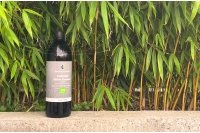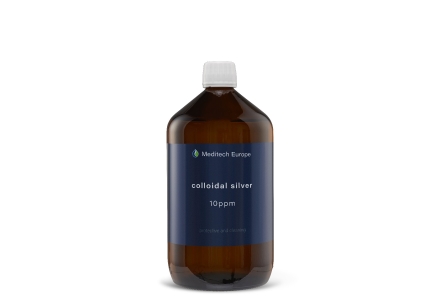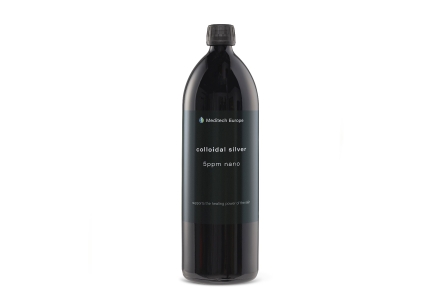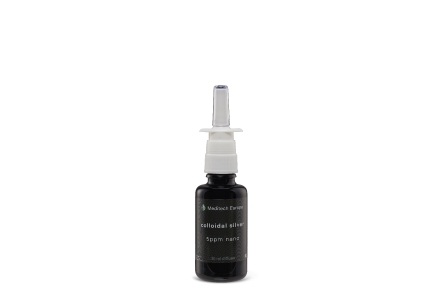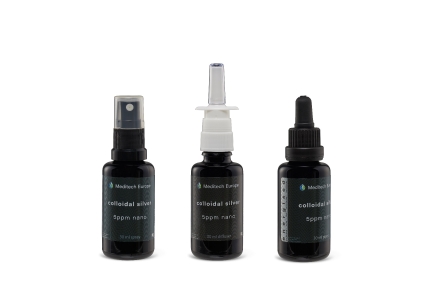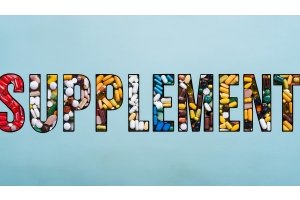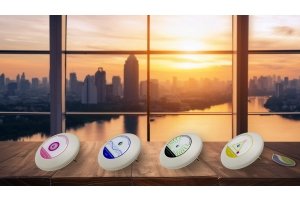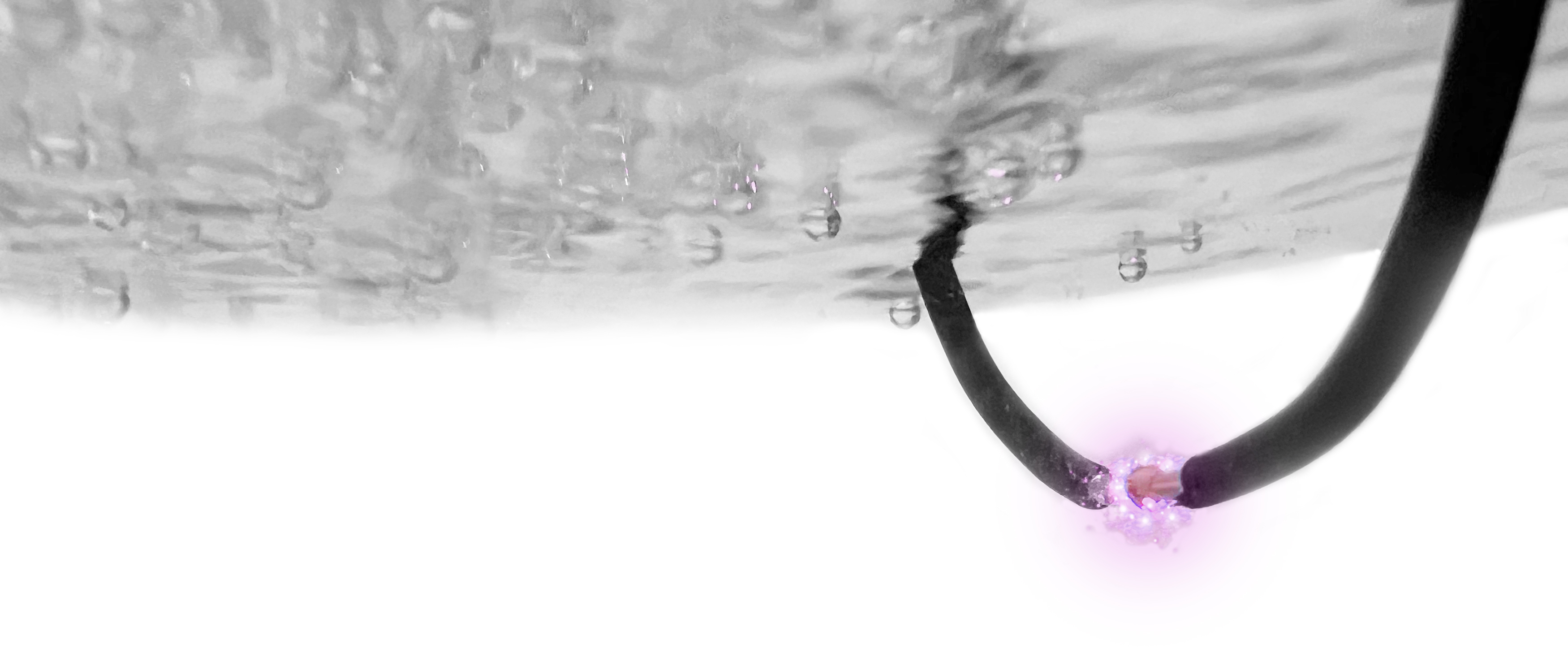
Plants are an essential part of our ecosystem, contributing to oxygen production, food supply and the aesthetic enjoyment of our environment. It is therefore of great importance to ensure and improve plant health. One notable product that deserves attention in this regard is colloidal silver. In this blog, we will elaborate on how colloidal silver affects plant health and how this product can be used for optimal plant growth. We want to stress that Meditech Europe, with more than 40 years of experience in the production of high-quality colloidal silver, does not make any health claims regarding humans and animals, but focuses on its potential for plants.
Colloidal Silver: An Overview
Colloidal silver is a liquid in which very small silver particles float in distilled water. These particles are often smaller than 100 nanometres in diameter, making them able to penetrate plant tissue and provide potential benefits. Although colloidal silver is mainly known for its purported human health benefits, it has also been used in the agricultural sector for a long time to combat plant diseases and promote growth.
The Benefits of Colloidal Silver for Plants
- Disease control: One of the main benefits of colloidal silver for plants is its antimicrobial property. Silver particles have the potential to fight harmful bacteria, fungi and viruses that cause plant diseases. By applying colloidal silver, plants can be better protected against these threats.
- Improved Nutrient uptake: Colloidal silver can also improve plant nutrient uptake. It helps plant roots absorb nutrients more efficiently, leading to healthier and stronger plants.
- Stimulating Growth: The use of colloidal silver can promote plant growth. This is achieved because silver particles can stimulate cellular respiration in plants, giving them more energy for growth and development.
- Extended Shelf Life: Colloidal silver can also be used to extend the shelf life of fruits and vegetables. It inhibits the growth of moulds and bacteria that cause spoilage, resulting in longer-lasting harvests.
How Do You Use Colloidal Silver in the Garden?
Using colloidal silver in the garden is relatively simple, but it is important to take the right precautions and use the right concentrations:
- Dilution: Meditech Europe's colloidal silver does not need to be diluted.
- Foliar spray: Apply the diluted colloidal silver solution to plant leaves with a spray bottle. Make sure the leaves are evenly covered.
- Root treatment: You can also administer colloidal silver to the roots of plants by pouring it directly into the soil.
- Repeat if necessary: Repeat the application on a regular basis, especially if your plants are susceptible to diseases.
It is important to be careful with the concentration, as too much colloidal silver can be harmful to plants. It is advisable to test on a small part of the plant first to observe the reaction before applying the treatment to the whole plant. When you use Meditech Europe's colloidal silver, you do not need to worry about the concentration, as it is already adapted to the use of plants.
The role of Meditech Europe
Meditech Europe is a renowned company with more than 40 years of experience in the production of high-quality colloidal silver, gold, platinum, zinc and magnesium. We have specialised in manufacturing quality products for plant health and growth.
For questions and tailored advice on using colloidal silver in the garden, please contact Meditech Europe at the following contact details:
Email: info@meditecheurope.nl
Telephone number: +31527 292 331
Meditech Europe is ready to help you with expert advice and high-quality products to improve the health of your plants. Feel free to contact them for more information.
In conclusion, colloidal silver can be a valuable tool in maintaining and improving plant health. With proper application and the guidance of experts like Meditech Europe, you can ensure that your plants thrive and have a positive impact on your living environment.
